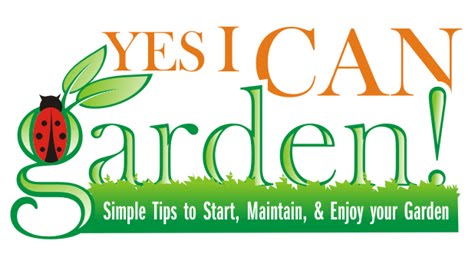
On occasion I use flowers from the garden as garnishes, and I thought I would read up on edible flowers so that I could make more use of them in soups, salads, and desserts, in particular.
A few uses of edible flowers were familiar to me already. One of my cousins used to make special-occasion cakes for a living, and often used candied rose petals and candied violets in her creations. I had also seen nasturtium, chive, and lilac used in salads or with greens plated to accompany a main dish.
Precautions
Common sense and a few extra precautions are necessary when beginning to use edible flowers into your culinary repertoire. First, it is important to know that not all flowers presented as garnishes are edible, so be cautious about this when you eat out, and do not hesitate to ask if you are unsure. This is particularly important because some flowers can be poisonous or at least irritating to the digestive system (causing diarrhoea or vomiting, for example). Others can cause mild to severe allergic reactions in some people. It is best to start slowly, and use flowers in moderation. It is also advisable to eat only very small portions if you have never tried something before. If you happen to be allergic to pollens, you may react to chamomile, for example—the same goes for mustard plants, which can be highly allergenic--so blossoms from these and other potentially allergenic plants should be incorporated with caution into the diet.
Another concern is the potential for flowers to have been in contact with pesticides or other toxic chemicals. Flowers sold at florists, or flowers gathered from roadsides (that have been exposed to exhaust and potentially exposed to herbicides) are unsuitable for use. Also check that the part of the flower you are using is edible—some plants feature petals that are safe, but leaves, stamens, or seeds that contain chemicals not suitable for consumption. Plants grown organically or collected from one’s own garden are always the best bet.
Perhaps the most important precaution, though, has to do with collecting flowers from the wild. Several plants with edible flowers look very similar to poisonous plants that must never be consumed. Guides are available for those who want to be adventurous. As for me, I tend to err on the side of caution, and will stick to easily identifiable plants I can grow myself. I will be quite happy with a few nasturtiums mixed into my salads, and a few candied violets or pansies topping ice cream or pastries once in a while. Jellies and teas are also nice treats made from fresh flowers from the garden—although of course there is nothing like fresh flowers on the plate to celebrate the colours and tastes of what nature can delight us with from the garden!

No comments:
Post a Comment